
“This is one of my favourite areas of the house, as we often have meals or work together at this table. In the mornings, the sunlight as it hits the pool is reflected on the walls and ceilings. It’s quite magical” – Sophie
In the 1980s, Hans and Caroline Neuendorf had a dream. The German art entrepreneurs wanted to build a house in Mallorca unlike any other. Pioneering and minimalist, the house would go on to redefine luxury living. More than 30 years on, Caroline and her daughter Sophie reflect on life at one of the world’s most distinctive homes, Neuendorf House
“In 1984 we accidentally met John Pawson on a holiday in Porto Ercole, Italy. He was a young architect working with Claudio Silvestrin at the time. Neither had so far ever built a house. They transformed some flats in London into divine empty spaces with little furniture. We immediately fell in love with their concept – it was long before ‘minimalism’ was coined. We had bought a big piece of land in the Mallorcan countryside and we gave both architects carte blanche. We wanted a holiday house for our growing family. It was an adventure for the architects and us. At the time, Mallorca was largely undiscovered, and we were lucky to find a builder who was at the same time mayor of the little village nearby. With his help we were able to build this amazing structure. Little did we know that this house would become famous some day – on the contrary, most of our friends made endless jokes about us. Who would excavate a huge piece of land to build a sunken tennis court? Who would build a 110m wall with the sole purpose of defining the space between house and countryside? We would.”

You take it all in from there: what a view!” – Caroline
“Neuendorf House was built when I was just born, so my brothers and I spent nearly all our childhoods there and most summers since. We moved around a lot, from New York to Berlin and London, so the house represents for me a place of constancy, peace and happiness. I travel there both to spend wild holidays and special occasions with family and friends or to disconnect. For years, we had no phone, TV or internet there, and my parents encouraged us to read if we were bored. There is a soft wind, the smell of wild lavender, thyme, almond trees and sea air, which is intoxicating. Time moves slowly – we’ve had many long languid lunches and dinners at the house. It’s important for us to come together there every summer, as I live in Madrid, my brothers in New York, Paris and London, and my parents are in Berlin. For me, the house was always protective, yet many friends didn’t understand how we could feel comfortable in a house that’s so empty. It’s the emptiness that gives room for laughter and creativity, that lets the mind wander. One is stripped down to nature and togetherness without distraction. I’ve spent the happiest days of my life at the house, notably my 30th birthday. And now my wedding, one of the most important moments in one’s life.”
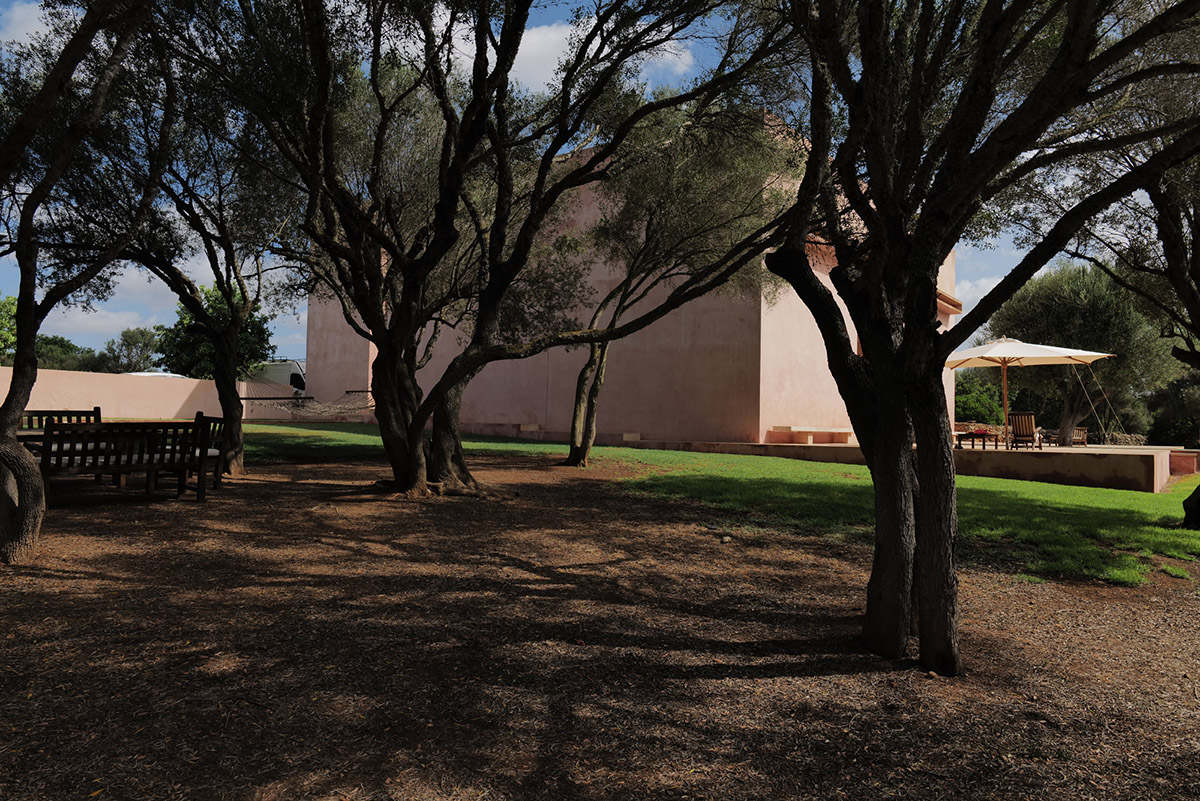
“These trees were always on the property and as there is so little distraction they almost become sculptures” – Caroline
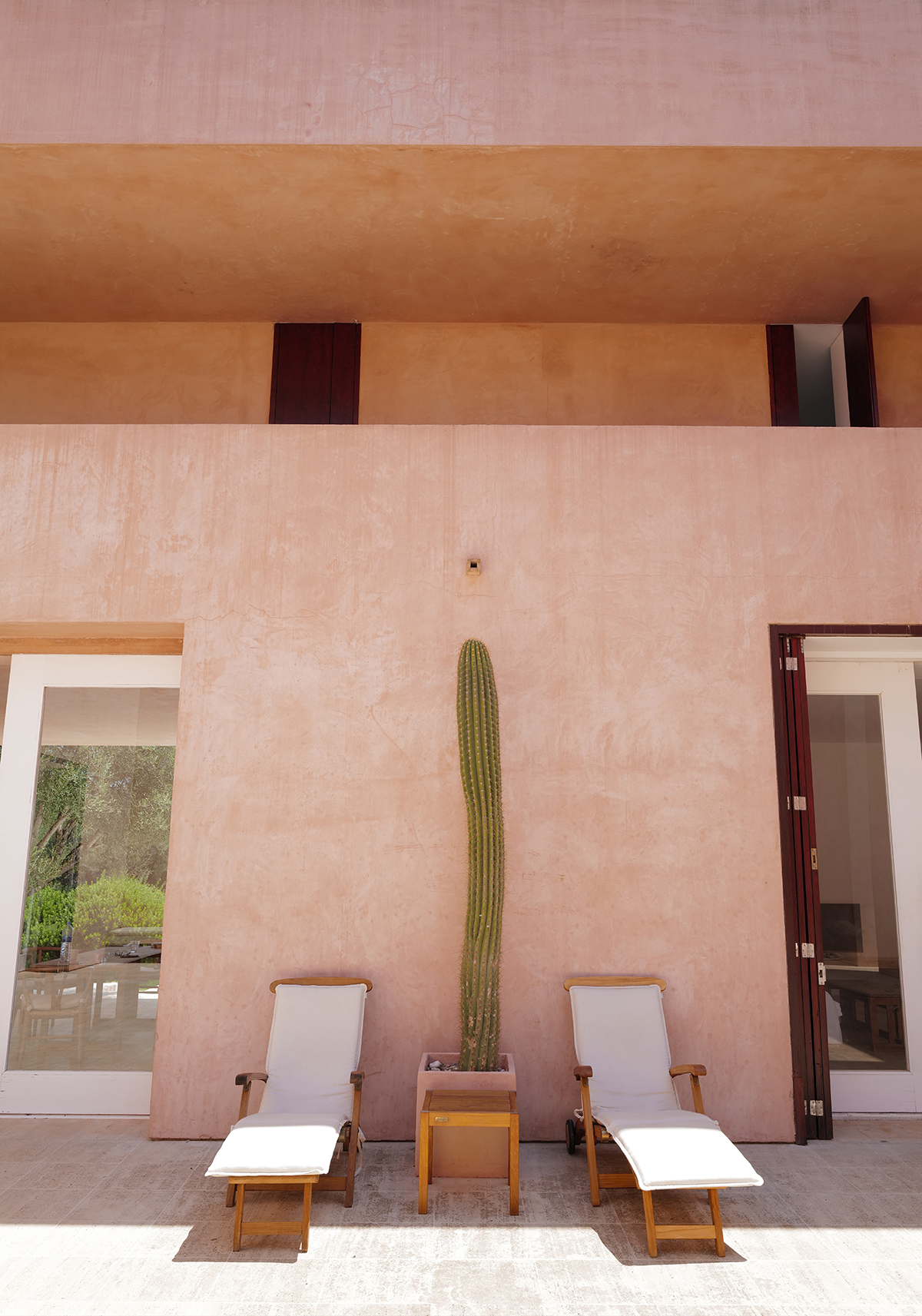
“These deckchairs stand in the courtyard, from which you can contemplate a piece of private sky – and that happens a lot! The cactus was left by Cartier, when they shot the famous Cactus Collection” – Caroline

“The long view – the runway, as we call it” – Caroline

“The light coming from the ‘door’ is like a sundial. Depending on where the light and shadows fall, one can roughly tell the time of day. I’ve always used it as a good reference to see if I’ve overslept!” – Sophie

“A view of the house from the north. The little windows give a postcard view of the landscape” – Caroline
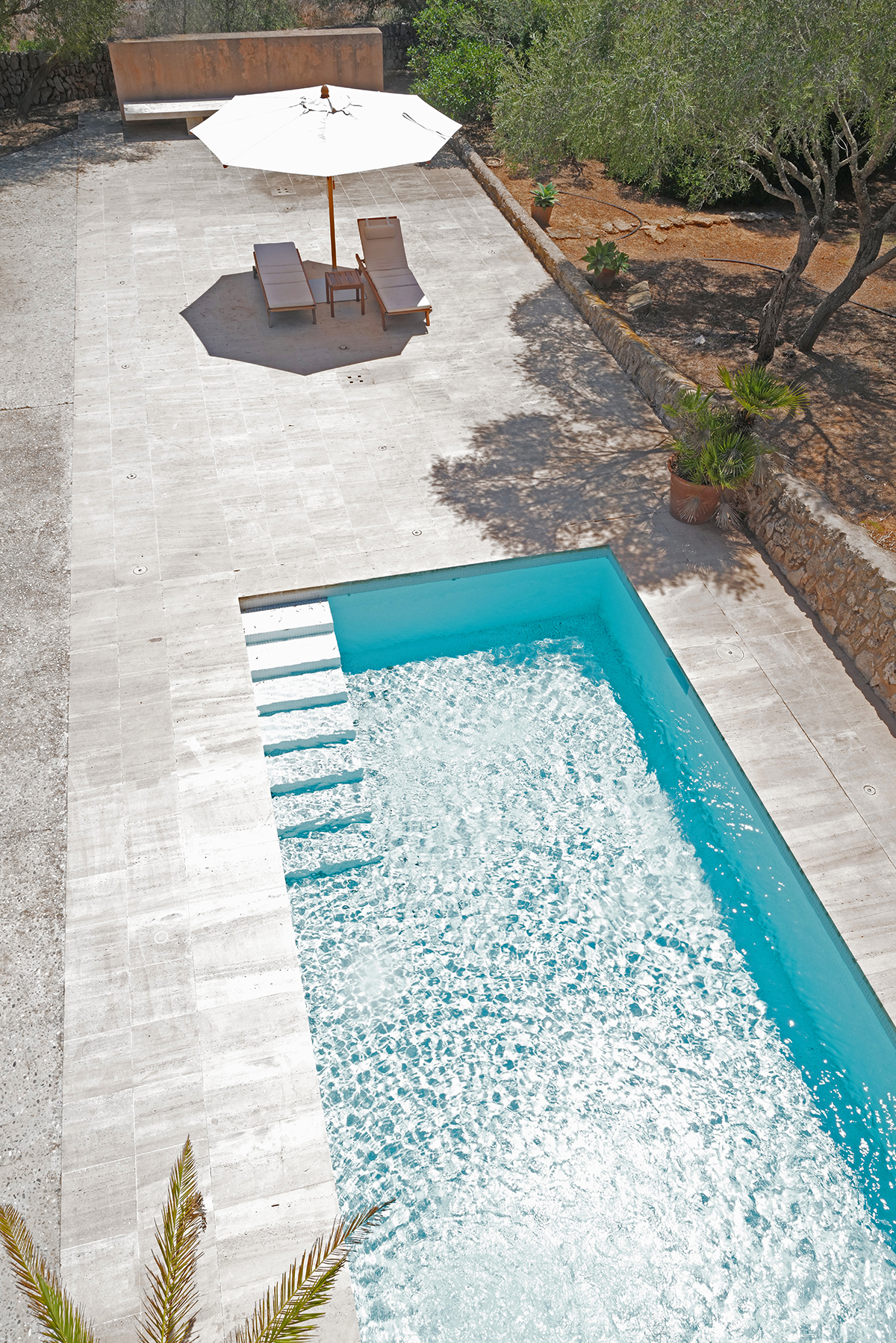
“A view of the smaller saltwater pool. In the winter it is heated; I have spent such wonderful moments there in the winter months, turning on the Jacuzzi and enjoying my first coffee” – Caroline

“The clay tennis court, a dream for any tennis aficionado” – Caroline

“The stairs to the sunken tennis court – the Tennis Temple” – Caroline
Sophie Neuendorf is Vice President at Artnet

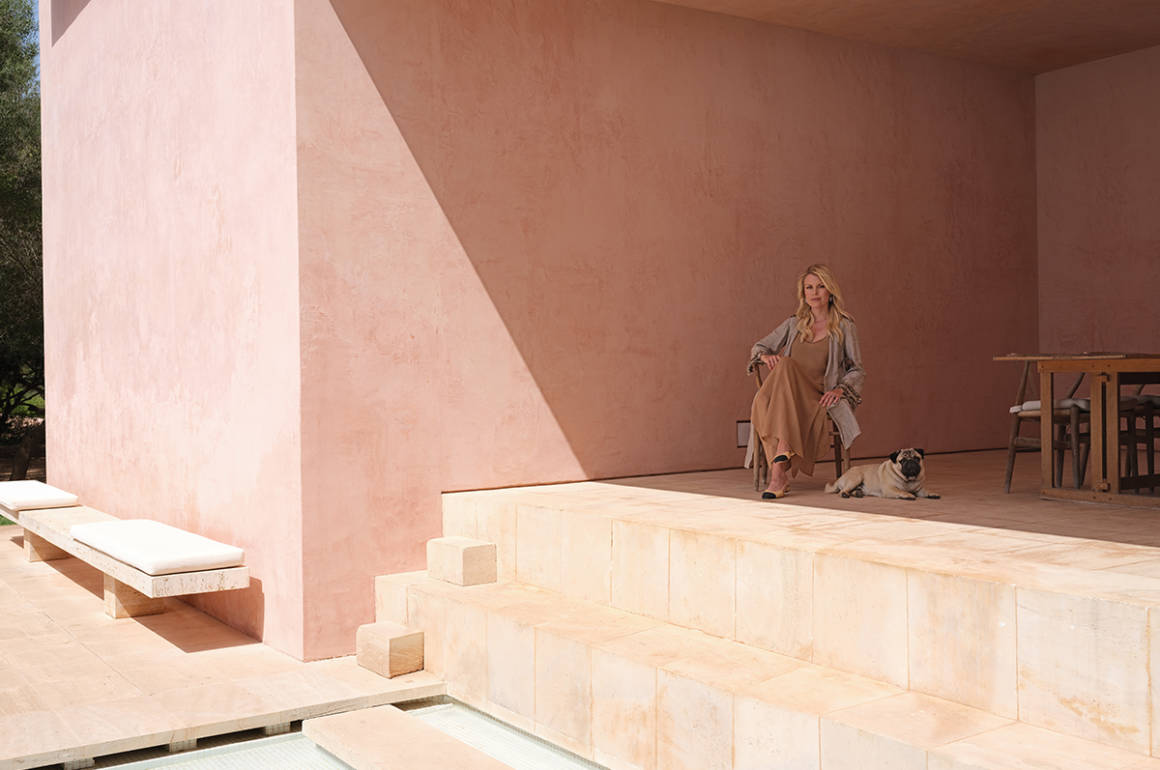






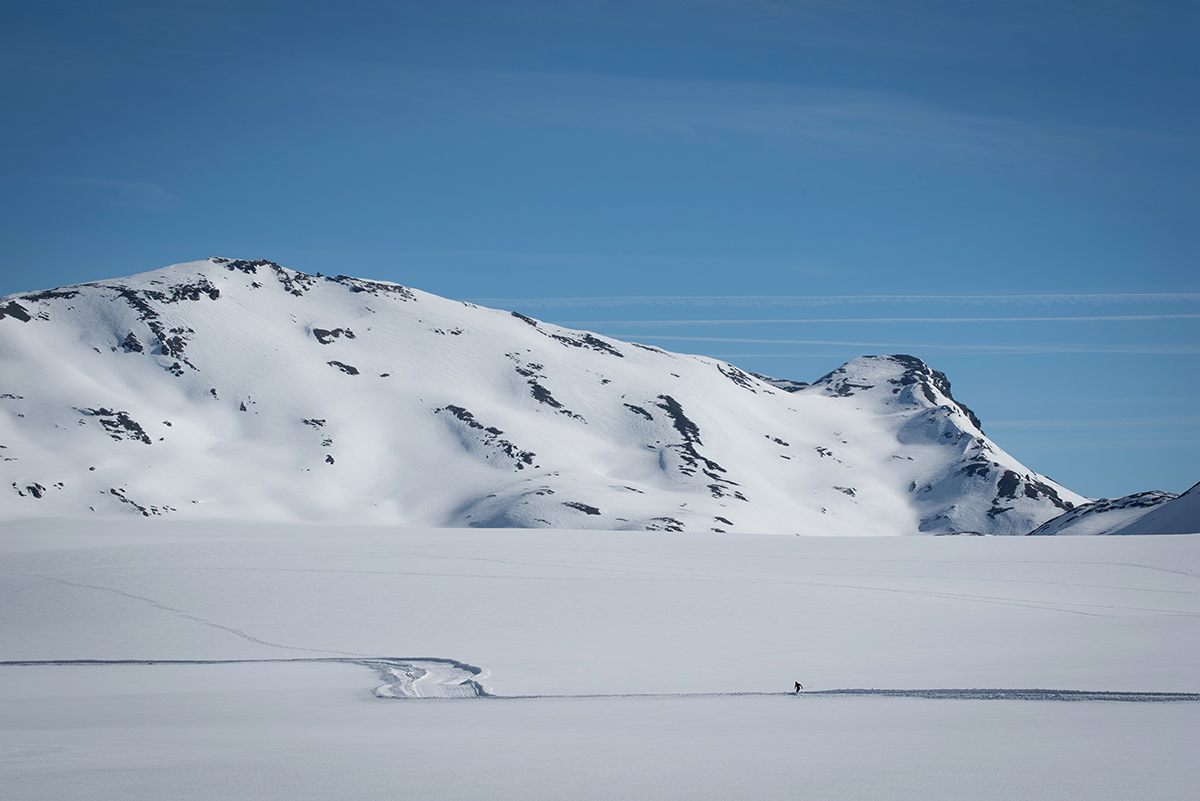









Recent Comments